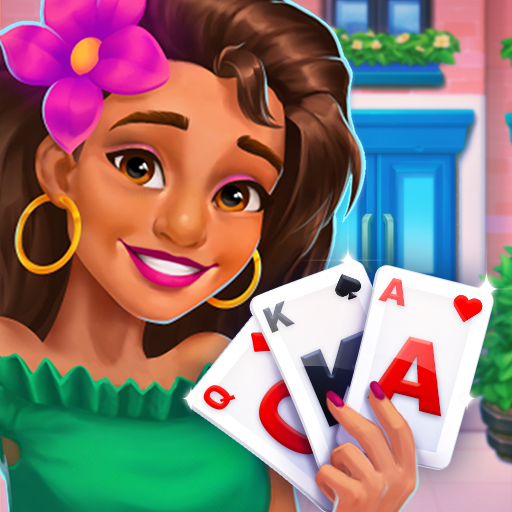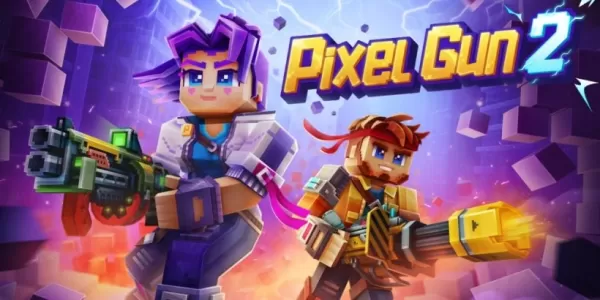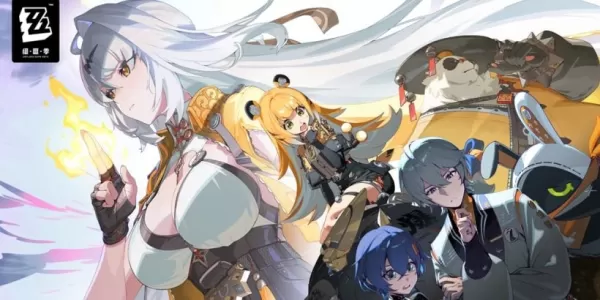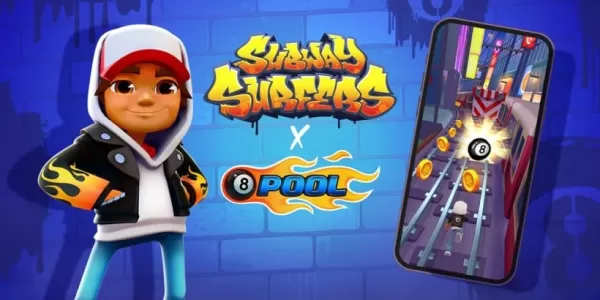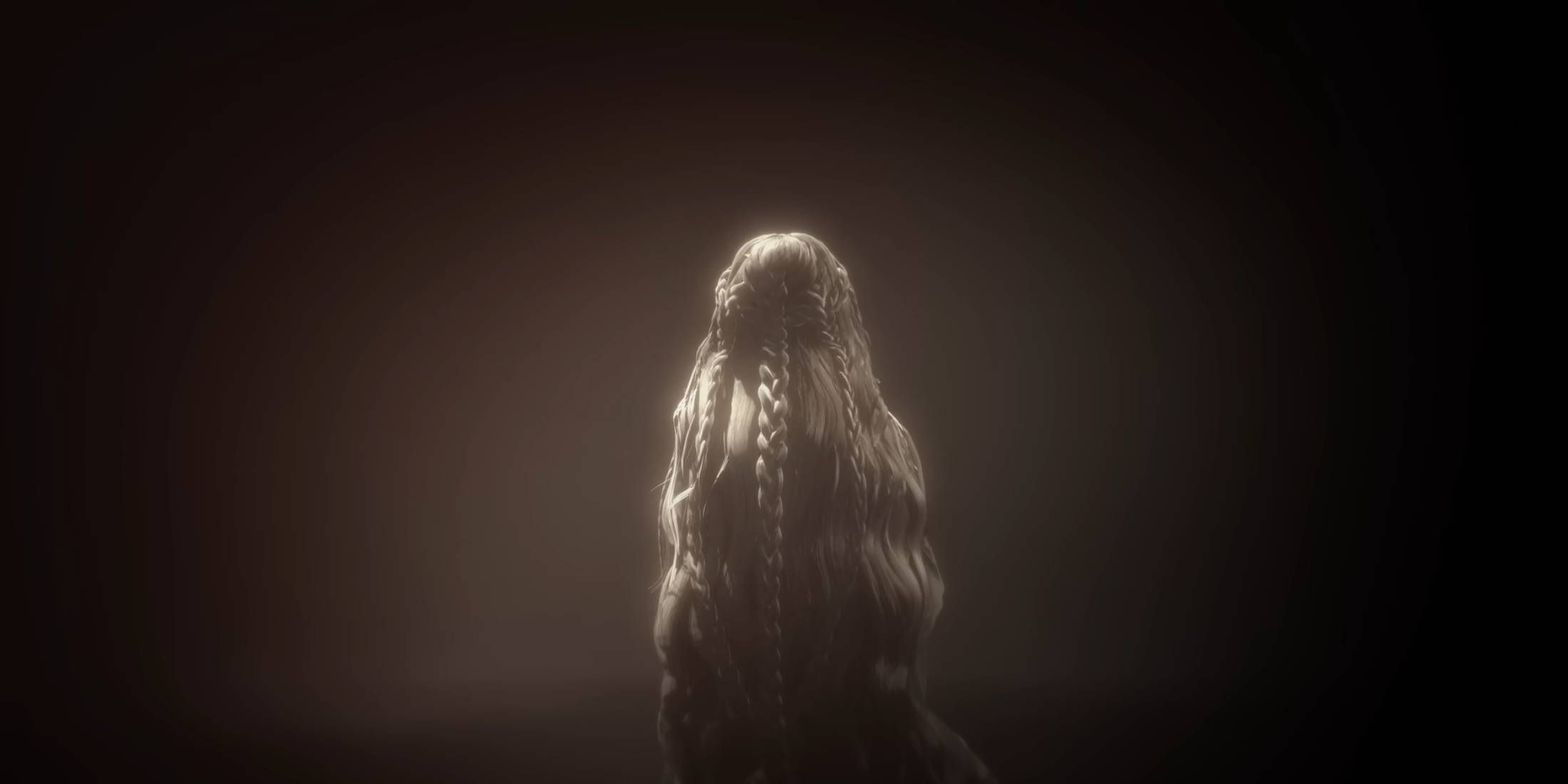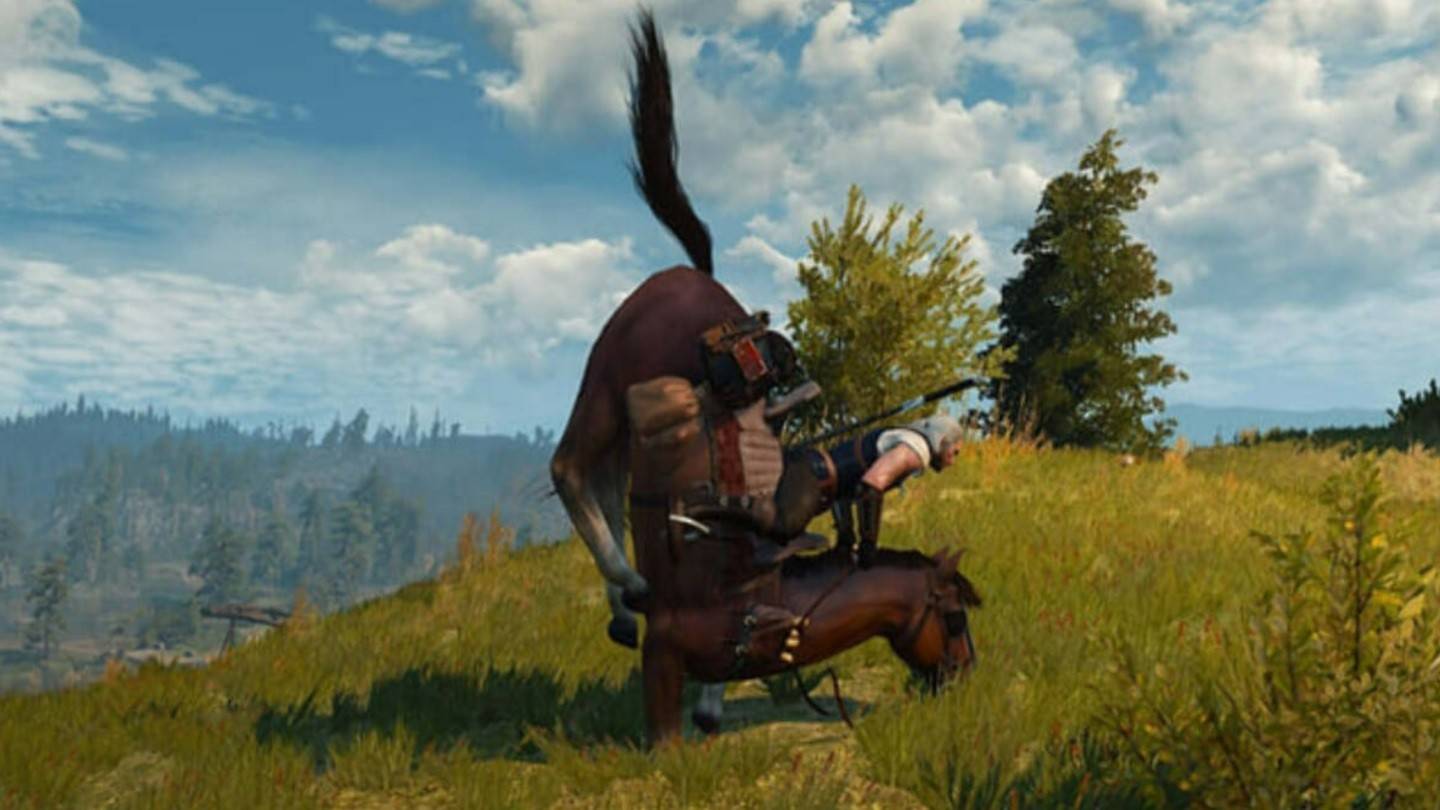Kirby's Explosive Anger Debunked by Ex-Nintendo Team
Exploring the Evolution of Kirby's Western Image: From "Angry Kirby" to Global Consistency
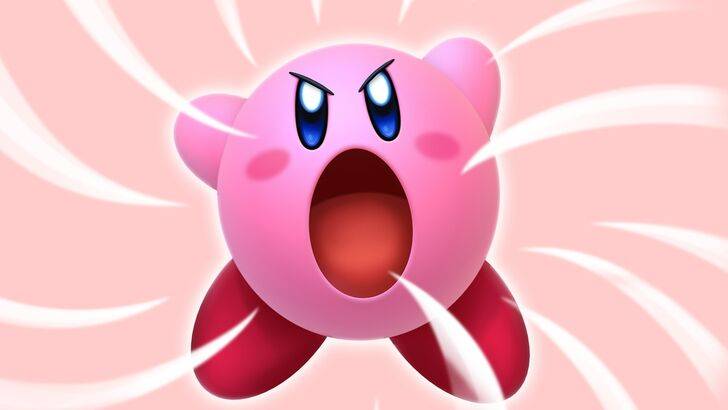
This article delves into the fascinating story behind Kirby's differing appearances in the US versus Japan, as revealed by former Nintendo employees. We'll examine Nintendo's localization strategies and their impact on the marketing of this iconic character.
A Tougher Kirby for Western Audiences?
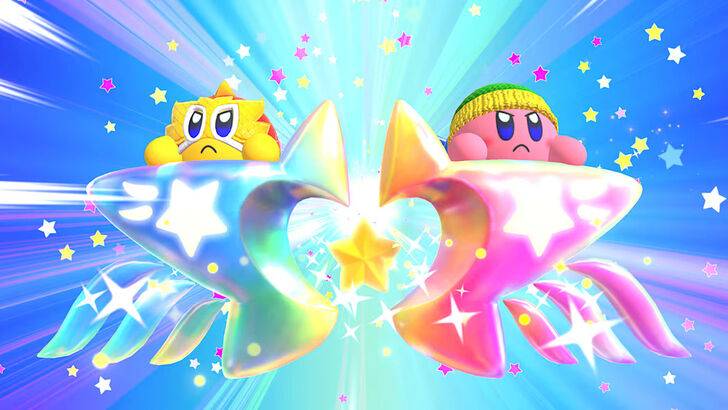
The "Angry Kirby" phenomenon, where Western artwork depicted a more determined, even fierce, Kirby, wasn't about anger, according to former Nintendo Localization Director Leslie Swan (Polygon, January 16, 2025). Instead, it was a strategic decision to appeal to a broader Western audience, particularly tween and teen boys, who were perceived as gravitating towards tougher characters. This contrasted with the Japanese market, where Kirby's inherent cuteness was a major draw, as noted by Kirby: Triple Deluxe Director Shinya Kumazaki (GameSpot, 2014). He emphasized that the approach varied by title, with Kirby Super Star Ultra featuring a tougher Kirby on both US and Japanese box art.
Marketing Kirby: Beyond "Kiddie" Games
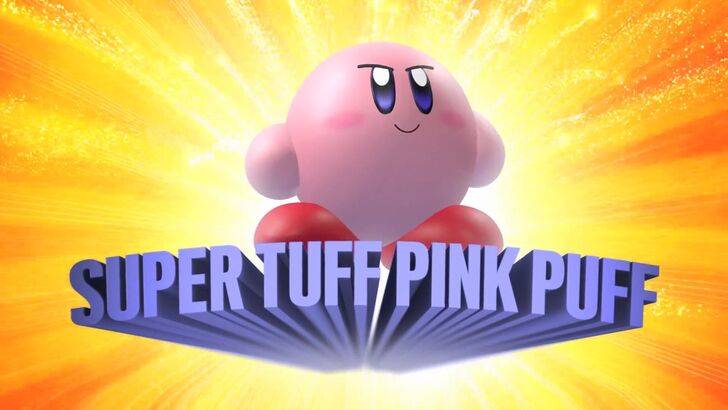
Former Nintendo of America Public Relations Manager Krysta Yang highlighted Nintendo's desire to shed its "kiddie" image in the early years. The "Super Tuff Pink Puff" marketing campaign for Kirby Super Star Ultra (2008) exemplifies this shift. The focus shifted towards emphasizing the combat aspects of Kirby games to attract a wider demographic. While recent marketing materials, such as those for Kirby and the Forgotten Land (2022), have focused more on gameplay and abilities, Kirby's inherent cuteness remains a significant part of his global appeal.
Localization Choices: From Monochrome to Mean Mugshots
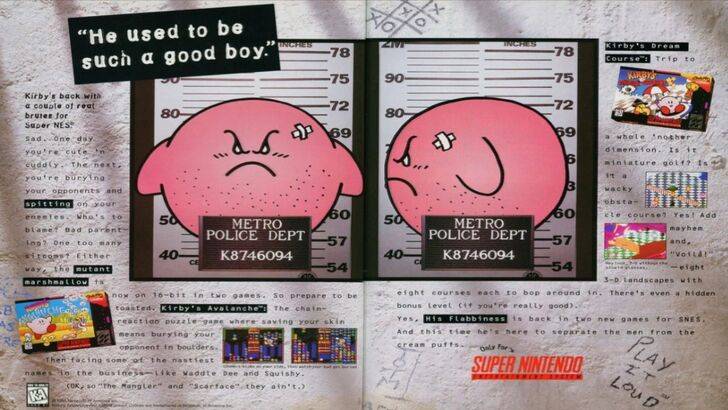
The localization differences began early. The US release of Kirby's Dream Land (1992) for Game Boy featured a ghostly-white Kirby due to the system's monochrome display, unlike the original pink Japanese version. This, coupled with the perception that a "puffy pink character" wouldn't resonate with older boys, led to alterations in subsequent releases, including sharper eyebrows and more intense facial expressions in games like Kirby: Nightmare in Dream Land (2002), Kirby Air Ride (2003), and Kirby: Squeak Squad (2006). The infamous 1995 "Play It Loud" mugshot advertisement further illustrates this early approach.
A More Global Nintendo?
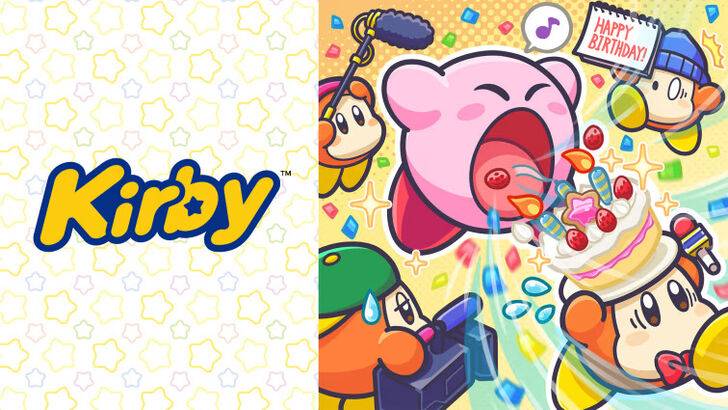
Both Swan and Yang concur that Nintendo has adopted a more globalized approach in recent years, fostering closer collaboration between its US and Japanese offices. This has resulted in more consistent marketing and localization strategies, minimizing regional variations in artwork and avoiding past marketing missteps. While this global consistency brings brand unity, it also risks overlooking regional nuances, potentially leading to more generic marketing campaigns. The increased exposure of Western audiences to Japanese culture may also be a factor in this shift towards a more unified global image.


